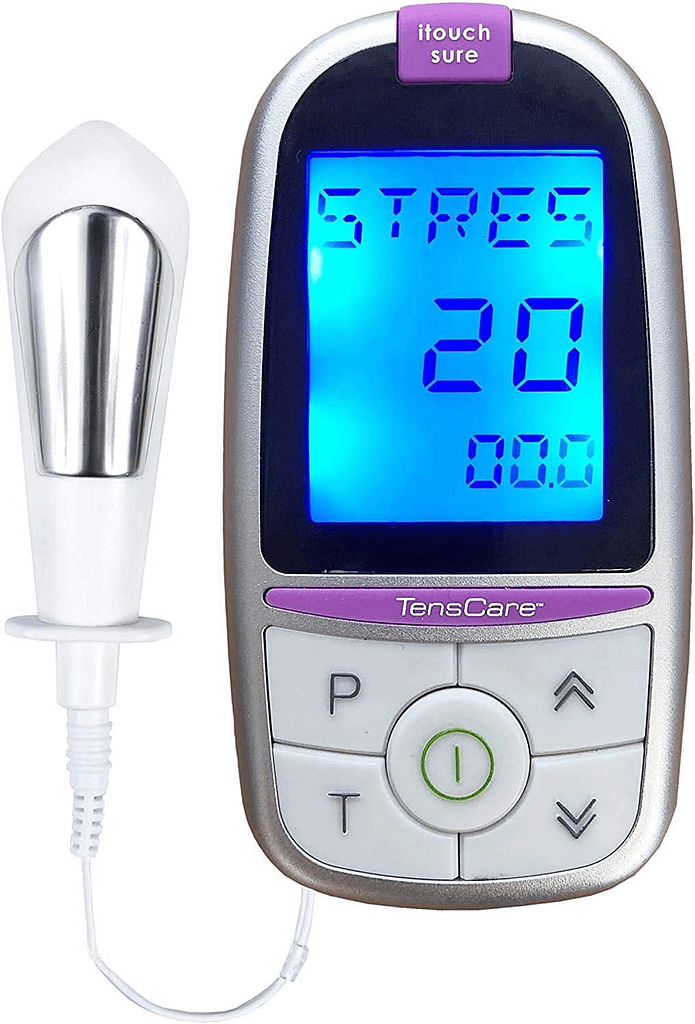In recent years, Electrical Muscle Stimulation (EMS) technology has gained significant attention for its potential benefits in improving muscle strength and tone. When it comes to women’s health, specifically pelvic floor health, EMS Kegel devices have become a popular convenient solution for enhancing pelvic floor function. Strengthening the pelvic floor is vital for overall well-being, helping with postpartum recovery, bladder control, and even sexual health.


To provide you with credible insights into the effectiveness of EMS technology for pelvic floor toning, we have compiled a list of compelling research studies and evidence reviews which offer scientific backing for the use of EMS as a beneficial tool in pelvic floor rehabilitation.
Whether you’re curious about its impact on postpartum recovery or long-term pelvic health, these studies will provide valuable information on how EMS can support you on your wellness journey.
Perspectives on the Therapeutic Effects of Pelvic Floor Electrical Stimulation: A Systematic Review Int J Environ Res Public Health. 2022 Nov; 19(21): 14035.
Published online 2022 Oct 28. doi: 10.3390/ijerph192114035
What the research concluded, in simple terms:
Electrical stimulation is showing promise in improving conditions related to a weakened pelvic floor. Most studies in this area highlight that electrostimulation can enhance bladder control and sexual function, and even promote collagen production while maintaining better muscle contraction in the pelvic region.
While it’s difficult to study the effect of this treatment on human tissues directly, research on animals has shown that electrical stimulation helps improve both connective and muscle tissues. Based on these findings, it seems likely that the improvements seen in clinical studies (like better bladder control) are the result of structural changes caused by the treatment.
The evidence review was limited by the lack of standardisation between EMS delivery methods (for example some studies used devices with infravaginal probes, others with skin surface electrodes). However, despite this limitation of data, it is evident that electrical stimulation has strong potential to treat pelvic floor disorders, including urinary and fecal incontinence, and significantly improve the quality of life for those affected.
Electrical muscle stimulation for the conservative management of female pelvic floor muscle dysfunction: A systematic scoping review Guitar N1, Dzieduszycki C2, Akbari P3, Dufour S2
What the research concluded, in simple terms:
Electrical muscle stimulation (EMS) was shown to improve symptoms in the various assessments reviewed, particularly for women with Stress Urinary Incontinence (SUI), a common type of pelvic floor muscle dysfunction. The review found that high-intensity, extra-vaginal, and magnetic EMS modalities produced faster therapeutic results compared to lower or mixed intensity options, making them more effective for clinical use. High-intensity and magnetic EMS tools, in particular, may be beneficial for women with Stress Urinary Incontinence or those unable to perform voluntary muscle contractions, which research suggests affects up to 70% of women.
Tags:
Kegel, Kegel exercises, non-surgical vaginal rejuvenation, pelvic floor exercises, pelvic floor weakness, pelvic floor dysfunction, pelvic floor therapy, pelvic floor trainers, pelvic wall exercises, vaginal floor, vaginal toning, post partum recovery, vaginal wall strength, ben wa balls, Electrical Muscle Stimulation (EMS), EMS